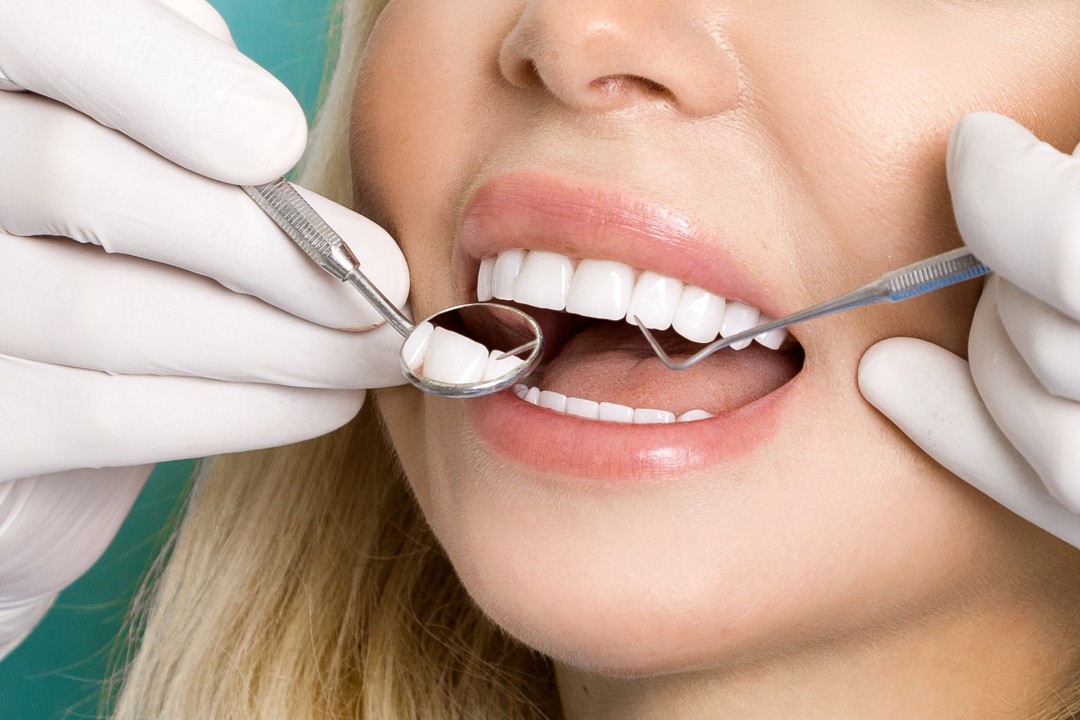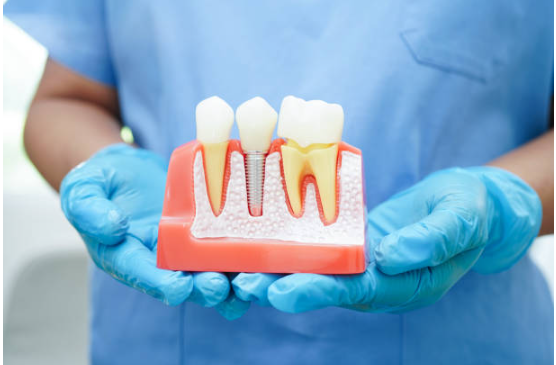Composite bonding offers a non-invasive solution to various dental imperfections. As a versatile and affordable option, composite bonding is gaining popularity among individuals seeking to enhance their smiles. In this article we will learn more about composite bonding, drawing insights from a seasoned cosmetic dentist in London. We aim to provide a comprehensive understanding of the procedure, its benefits, and what one can expect during the treatment process.
Understanding Composite Bonding
Composite bonding, also known as dental bonding, is a cosmetic dental procedure that involves applying a tooth-colored composite resin material to the surface of teeth. This technique is widely used to address a range of dental issues, including chipped, cracked, discolored, or misaligned teeth. The composite material is meticulously shaped and polished to match the natural contour and color of the teeth, resulting in a seamless and aesthetically pleasing appearance.
We learn from https://marylebonesmileclinic.co.uk/gallerycategory/composite-bonding/ that the procedure typically involves minimal preparation, preserving most of the natural tooth structure. This aspect makes composite bonding a conservative and reversible option compared to other restorative treatments like veneers or crowns. Furthermore, composite bonding can be completed in a single visit, making it a convenient choice for individuals with busy schedules.
The Procedure: What to Expect
The composite bonding process is straightforward and relatively painless, often requiring no anesthesia unless extensive reshaping is needed. Here’s a step-by-step overview of what you can expect during your composite bonding appointment:
- Initial Consultation: Your cosmetic dentist will begin by conducting a thorough examination of your teeth and discussing your aesthetic goals. This step is crucial to determine if composite bonding is the most suitable treatment for your needs.
- Preparation: Once the treatment plan is established, the dentist will prepare the tooth surface by lightly etching it and applying a conditioning liquid. This step helps the composite material adhere securely to the tooth.
- Application of Composite Resin: The dentist will then apply the composite resin in layers, carefully molding it to the desired shape and contour. Each layer is hardened using a special curing light.
- Shaping and Polishing: After the composite material is applied and hardened, the dentist will trim and shape it to achieve a natural look. The final step involves polishing the tooth to give it a smooth and shiny finish, ensuring that it blends seamlessly with your natural teeth.
The entire procedure usually takes between 30 minutes to an hour per tooth, depending on the complexity of the case.
Benefits of Composite Bonding
Composite bonding offers a myriad of benefits that make it an attractive option for individuals looking to enhance their smiles. Here are some of the key advantages:
Aesthetic Appeal: One of the primary benefits of composite bonding is its ability to improve the appearance of teeth. The composite material can be color-matched to your natural teeth, providing a flawless and harmonious smile.
Minimally Invasive: Composite bonding barely modifies the native tooth structure, unlike other restorative procedures that could need significant tooth reduction. This cautious method protects the health of your teeth.
Quick and Convenient: Composite bonding can be completed in a single visit, making it a time-efficient option for those with busy lifestyles. There’s no need for multiple appointments or temporary restorations.
Cost-Effective: Compared to other cosmetic dental procedures, composite bonding is relatively affordable. It offers a cost-effective solution for minor dental imperfections without compromising on quality or aesthetics.
Versatility: Composite bonding can address a variety of dental issues, including chipped, cracked, or discolored teeth, gaps between teeth, and minor misalignments. Its versatility makes it a go-to option for many cosmetic dentists.
Longevity and Maintenance of Composite Bonding
With proper care, composite bonding can last between 5 to 10 years. The longevity of the treatment largely depends on the individual’s oral hygiene practices and lifestyle habits. Here are some tips to ensure the durability of your composite bonding:
Maintain Good Oral Hygiene: Regular brushing and flossing are essential to keep your teeth and gums healthy. Use a soft-bristled toothbrush and non-abrasive toothpaste to avoid scratching the composite surface.
Avoid Hard Foods and Objects: Biting on hard foods, ice, or non-food items can chip or damage the composite material. Be mindful of what you eat and avoid using your teeth as tools to open packages.
Limit Stain-Causing Foods and Beverages: Composite resin is prone to staining from foods and drinks like coffee, tea, red wine, and tobacco. Rinse your mouth or brush your teeth after consuming these items to minimize discoloration.
Regular Dental Check-ups: Routine dental visits are crucial to monitor the condition of your composite bonding and overall oral health. Your dentist can detect any issues early and provide necessary treatments to maintain your smile.
Comparing Composite Bonding to Other Cosmetic Treatments
When considering cosmetic dental treatments, it’s essential to understand how composite bonding compares to other options like veneers, crowns, and teeth whitening. Each treatment has its own set of benefits and limitations, and the choice ultimately depends on your specific needs and goals.
Veneers: Veneers are thin shells of porcelain or composite resin that cover the front surface of the teeth. They offer a more durable and stain-resistant solution compared to composite bonding. However, veneers require more tooth reduction and are generally more expensive.
Crowns: Dental crowns are caps that cover the entire tooth, providing strength and protection for damaged or decayed teeth. While crowns are more robust than composite bonding, they require significant tooth reduction and multiple visits for placement.
Teeth Whitening: Teeth whitening is a non-invasive procedure that lightens the color of natural teeth. It is an excellent option for individuals looking to enhance the brightness of their smile without altering the tooth structure. However, it does not address other issues like chips or gaps, which composite bonding can effectively resolve.
Composite bonding offers a balanced approach, combining the aesthetic benefits of veneers with the convenience and affordability of teeth whitening.
Is Composite Bonding Right for You?
Composite bonding is an excellent option for individuals looking to improve the appearance of their teeth without undergoing invasive procedures. It is particularly suitable for those with minor cosmetic imperfections who desire a quick and cost-effective solution. However, it’s essential to consult with a qualified cosmetic dentist to determine if composite bonding is the right choice for you.
Factors such as the extent of the dental issue, your overall oral health, and your aesthetic goals will influence the treatment plan. A skilled cosmetic dentist will provide a personalized assessment and recommend the most appropriate course of action to achieve your desired outcome.
Conclusion
Composite bonding is a versatile and effective cosmetic dental procedure that can transform your smile with minimal effort and expense. Whether you’re dealing with chipped, cracked, or discolored teeth, or simply want to enhance the overall appearance of your smile, composite bonding offers a viable solution. With the guidance of an experienced cosmetic dentist, you can achieve a radiant and natural-looking smile that boosts your confidence and enhances your overall appearance.
By understanding the benefits, procedure, and maintenance of composite bonding, you can make an informed decision about your dental care. Remember to consult with a qualified cosmetic dentist to explore your options and embark on your journey to a beautiful smile.


